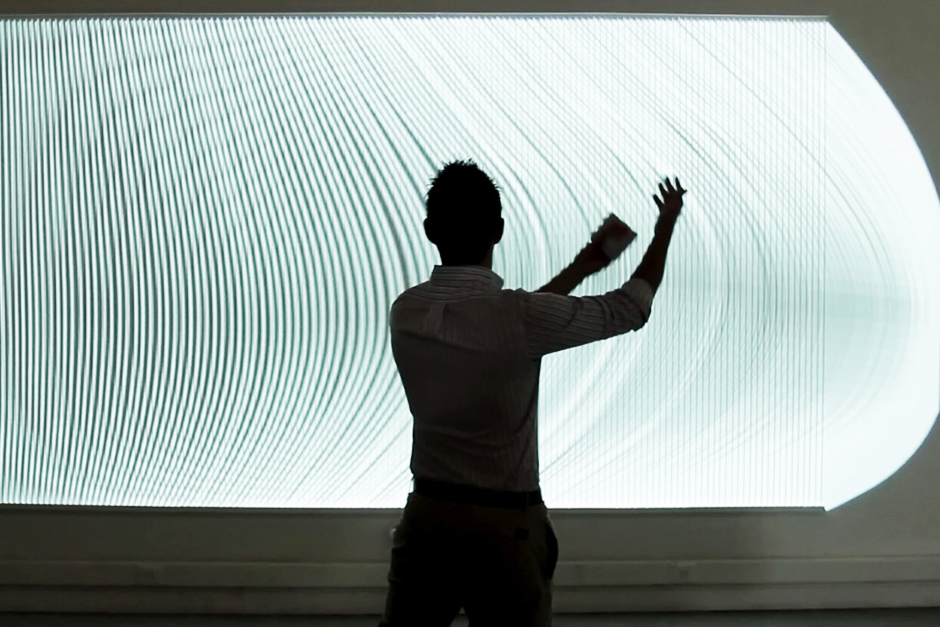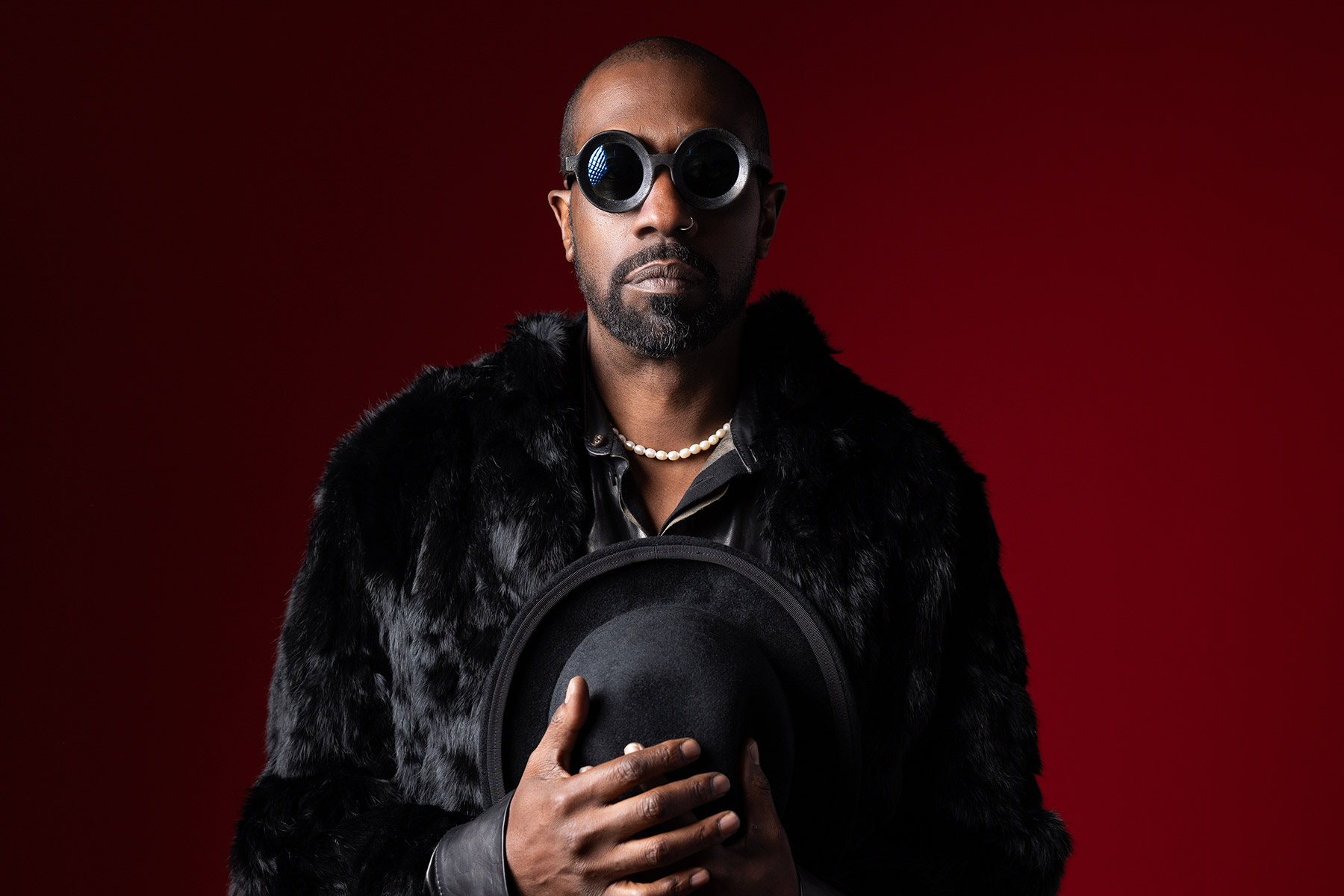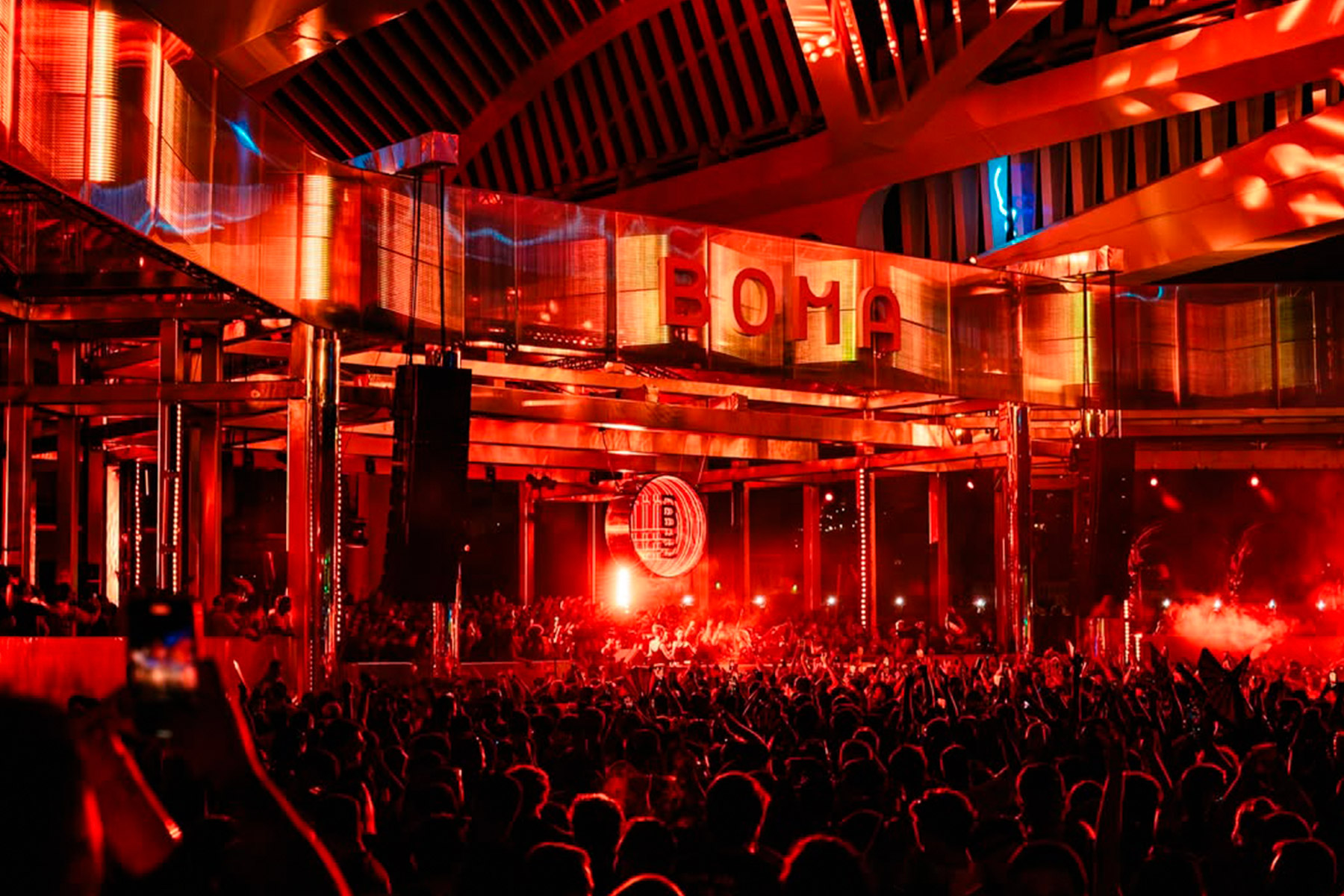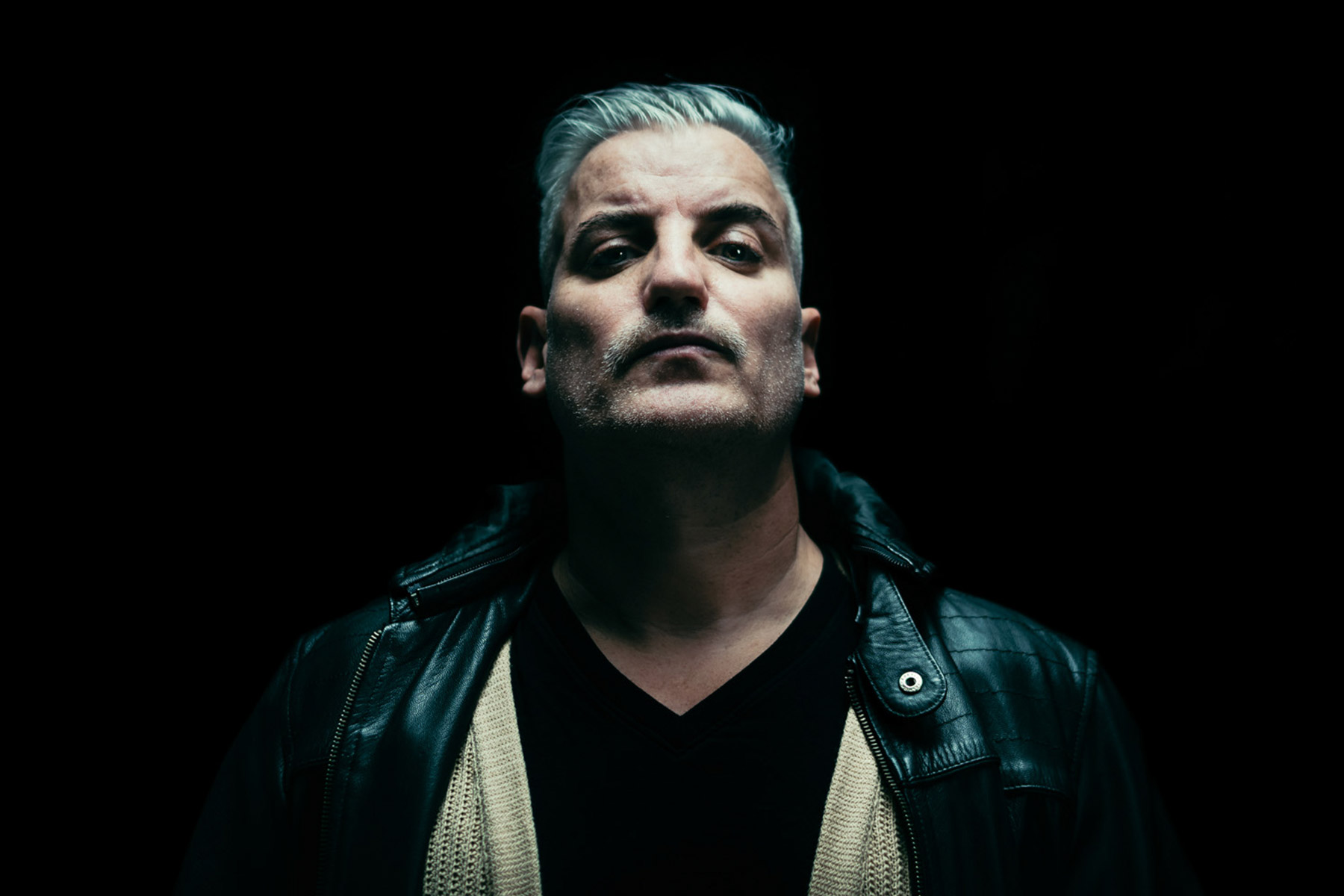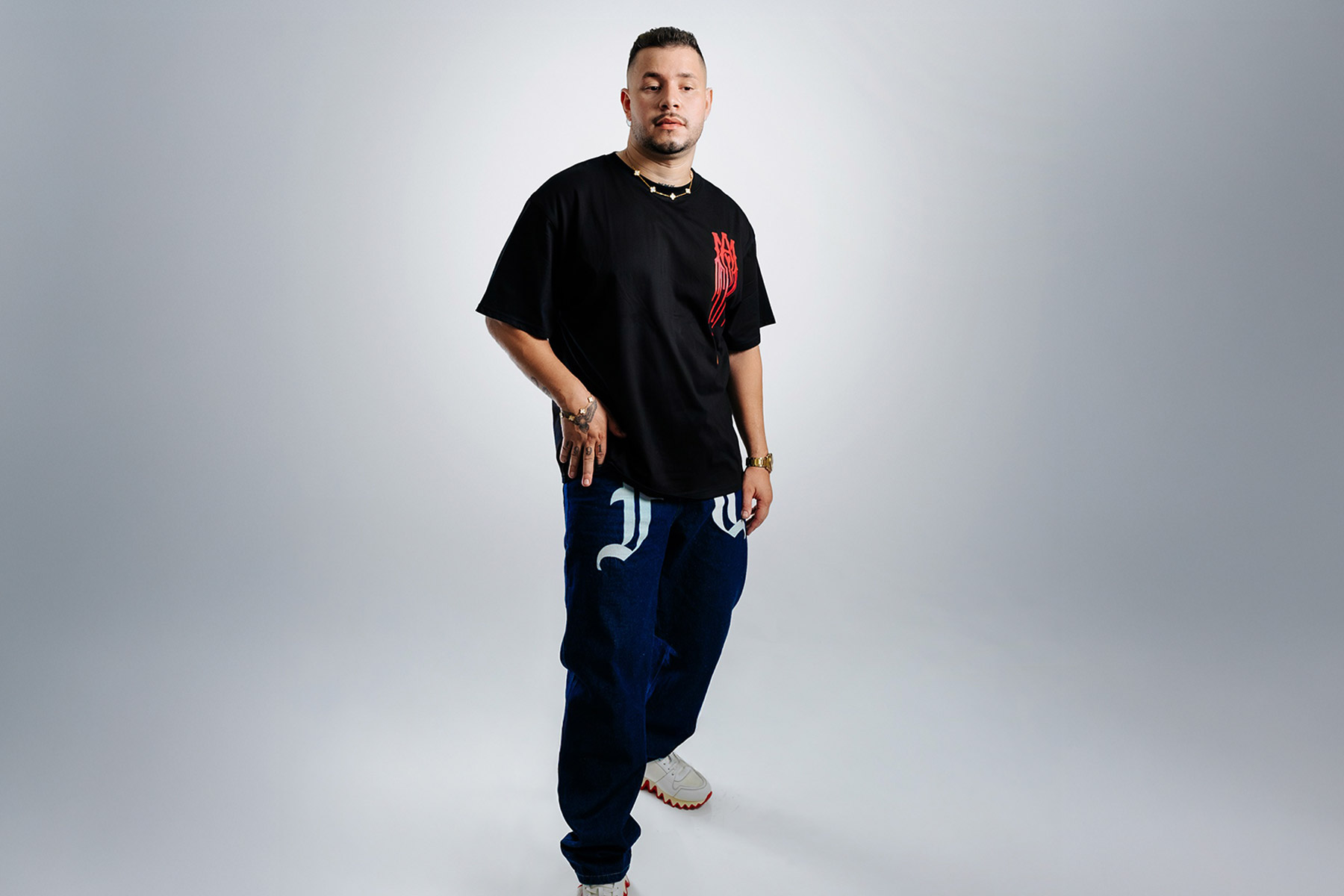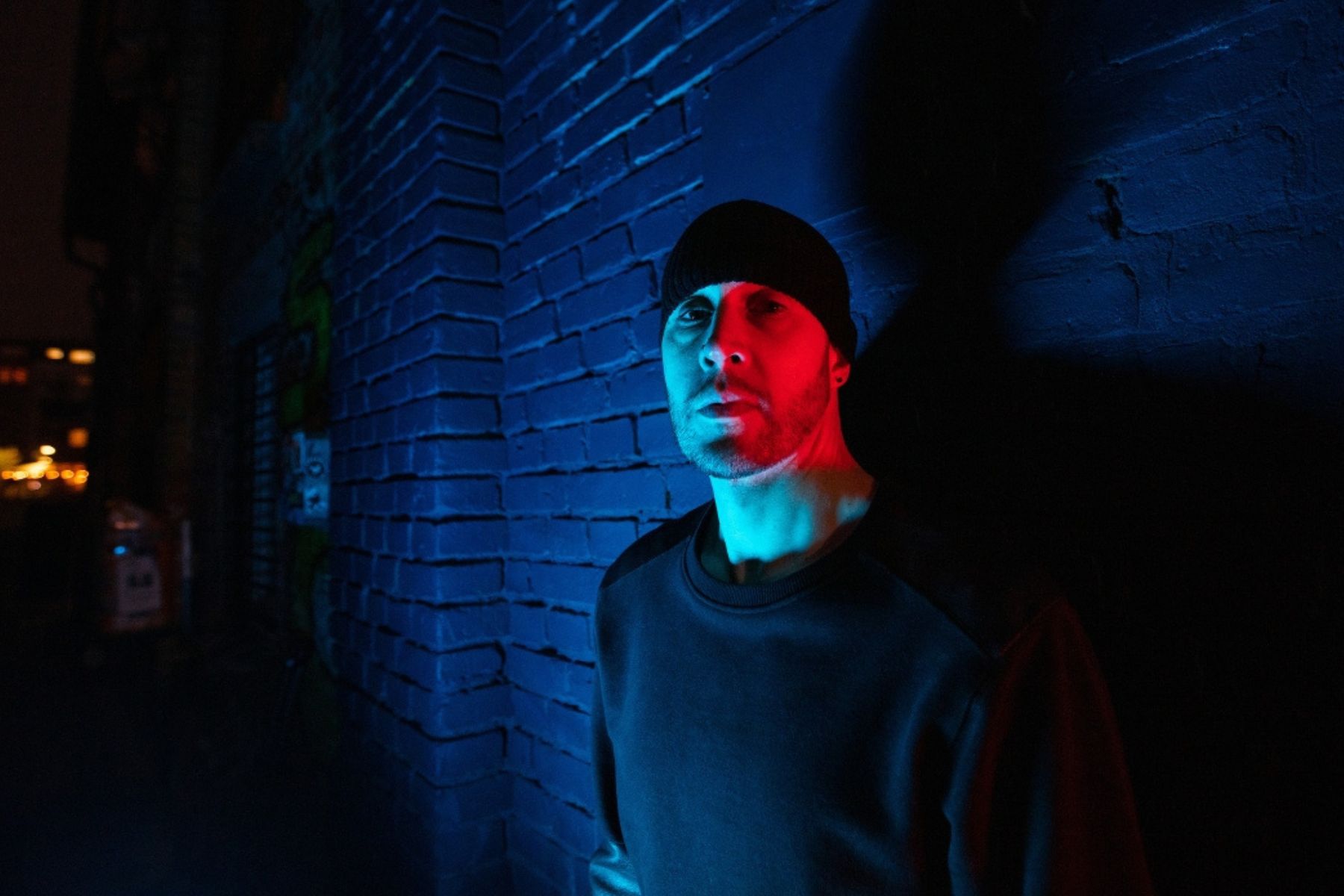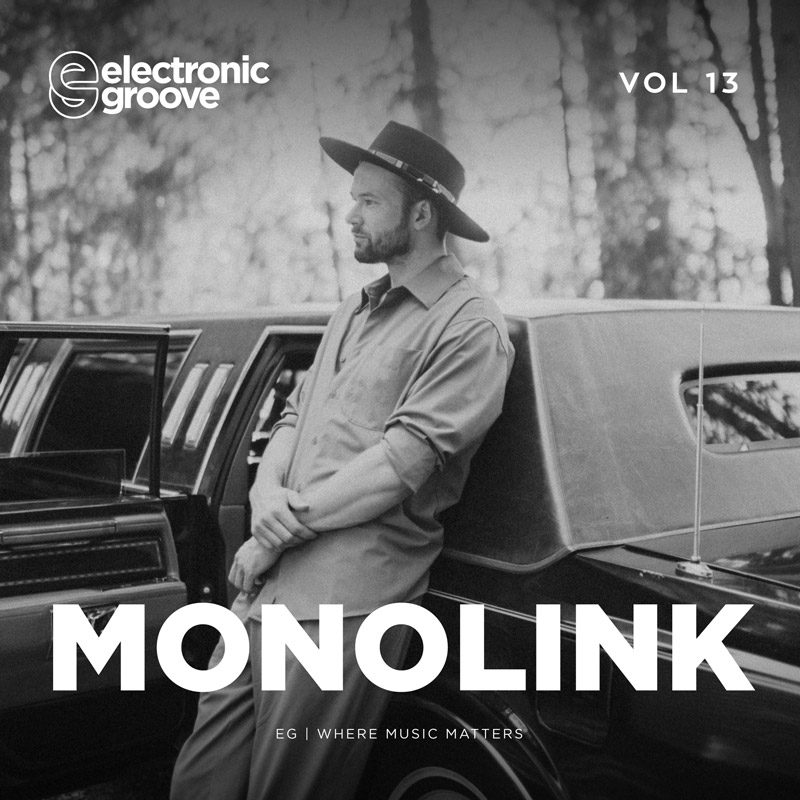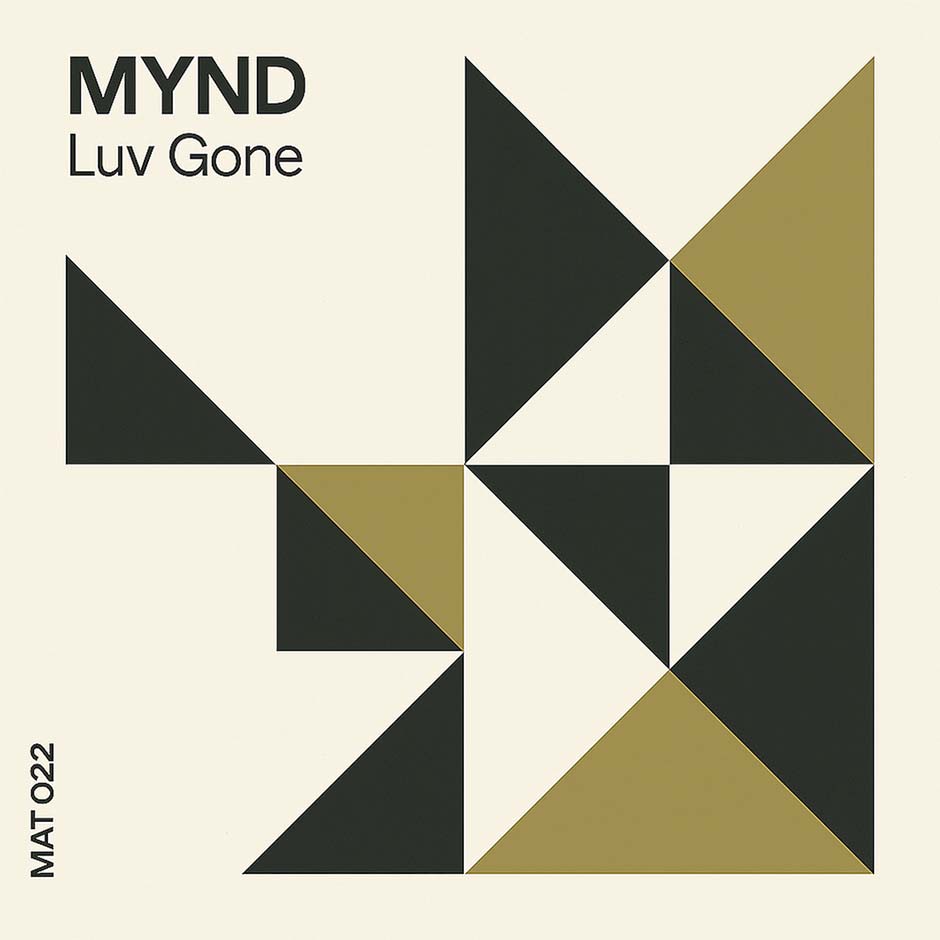Detroit based artists Annica Cuppetelli and Cristobal Mendoza began working together around 2010 creating installations that combine physical elements with digital technologies, composing sensual and dynamic experiences.
With prior works in renowned institutions like Denver Art Museum, the Bienal de Video y Artes Mediales in Chile and in festivals such as Nemo and Scopitone in France, ISEA in Brazil, video_dumbo in New York, and recent works with Matthew Dear’s Ghostly International, Cupettelli & Mendoza are in constant evolution, delivering interaction and movement to those who are lucky enough to let go and immerse themselves into their world.
Electronic Groove: Hi guys, it’s a pleasure to chat with you two. To get things started, can you give us some insight on how you decided to work together?
Cuppetelli-Mendoza: Thanks for having us! We both had our own independent practices before teaming up. We were living together and sharing studio space for about a year before we actually did any collaborative work, so it all happened very naturally. Eventually, we just realized that there were common threads in our independent artistic practices, so it made sense to explore those shared ideas as a team.
EG: We’ve been following your projects titled Nervous Structure for some time. Where did the idea and concept come from?
Cuppetelli-Mendoza: It didn’t come from one place. The first thing we did together was, in Annica’s words, to put “a line in space,” by creating a structure made out of elastic cord and illuminating it with a projector. From there the structures became more organized and geometric while drawing from other artists we admired such as Fred Sandback and Jesus Soto. In terms of the interaction, Cris (Mendoza) has been working on video-based interfaces for quite some time, so it was obvious from the beginning that we should connect that part of his work with our collaboration.
EG: You’ve done some collaboration with one of our past guests Peter Segerstrom aka Portable Sunsets. How does the incorporation of music or sounds affect the whole idea of the Nervous Structures?
Cuppetelli-Mendoza: We always thought that Nervous Structure needed sound since it closes what we call the “perceptual gap” of interacting with an object that moves with you but that can’t really be touched. Sound for us is a way to recreate a feeling of embodiment, so the types of sounds that we use are those that you can really feel in your body.
EG: Is there a musical background that has influenced your trajectory or affected the inspiration to create?
Cuppetelli-Mendoza: We have always been very close to electronic music in many of its forms. Cris was a VJ in the DC rave scene in the early 2000’s, and in Detroit, I went to some early underground raves. For both of us, techno has been an important influence, both for its aesthetics and for what it represents. Nowadays we are very influenced by the work of Steve Reich, who uses repetition, phasing and interference patterns to great effect in his compositions.
“We definitely think that our work lives in a shared space between digital and physical”
EG: In some way, we could say that your work can be interpreted as a crossroads of analog and digital? Do you see any similarities with what you do and the concept of producing electronic music with analog instruments?
Cuppetelli-Mendoza: We definitely think that our work lives in a shared space between digital and physical. In many ways, our work is a bit like music production, since it involves more planning and programming than jamming and improvising, and we do spend long times in front of computers to make our installations happen. There are other ways in which our work is more directly related to electronic music: in our Linear Cycle and Oscillations series, the video component is created using simulations of oscillators, which are the basic sound unit of subtractive analog synthesis.
EG: You currently reside in Detroit. Have you done any collaboration work with any of the local labels or musicians?
Cuppetelli-Mendoza: Yes! Last year we had a great collaboration with Shigeto from Ghostly International, which resulted in four new pieces that we exhibited in a show we called in::Sequence at the Red Bull House of Art Detroit. What we tried to do with this project was to deconstruct a looping track he made for the exhibition, and we essentially visualized various layers of the track in four different installations.
EG: We recently were in Detroit for Movement Festival. Quite the scene you guys have there. How has it evolved in the last few years and where do you see it going?
Cuppetelli-Mendoza: Annica has been here long enough to remember when “DEMF” was free! While Movement is not free, it attracts ever-larger crowds to the city, not just for the main event but for the many satellite parties that occur. It is nice to see so many visitors appreciate and enjoy how interesting, friendly and unique Detroit is.
EG: We’ve heard some ideas about bringing a German club concept to Detroit. What’s your take on this?
Cuppetelli-Mendoza: Let’s connect.
EG: Are you guys working on anything new. Maybe give us a sneak peek?
Cuppetelli-Mendoza: We are doing a short-term installation for Detroit Design Week at K.OSS Gallery. It is something new, and it will be on the windows of the gallery during the night.
EG: If we wanted to see some of your work where should we go?
Cuppetelli-Mendoza: Notional Field is typically on view at Telfair Museums in Savannah, GA.
EG: Last two questions. What is art?
Cuppetelli-Mendoza: Art is something pointless for our survival that is essential to our existence.
EG: What’s the hardest part of being an artist?
Cuppetelli-Mendoza: There are many things that are hard as an artist, but the hardest part is to maintain the belief that what you are making is worth doing, for yourself and for others.
Follow Cuppetelli-Mendoza: Website I Facebook |Instagram | Vimeo


